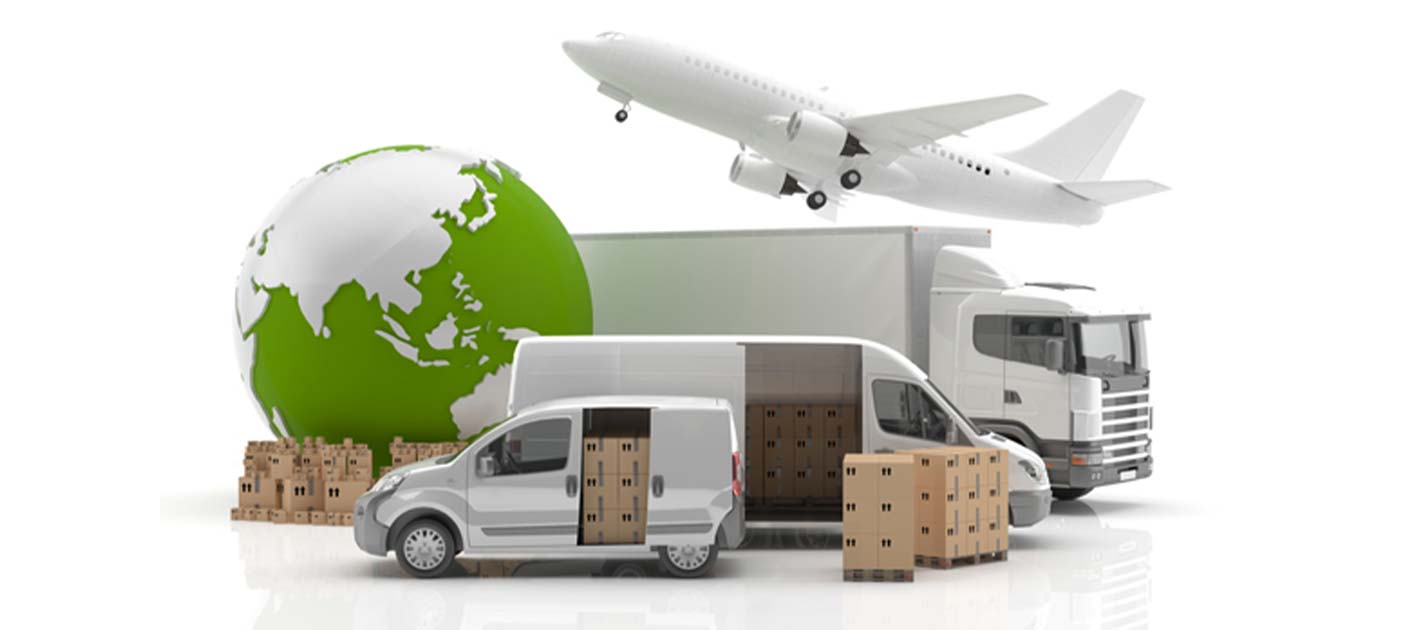Green Movement
Sustainable logistics is being adopted at companies across all sectors, from pharmaceuticals to food and beverage.

Whether due to government regulation or customer demands, more businesses around the world have been incorporating sustainable practices into their operations and processes.
Among other objectives, these practices aim to protect the environment from harm by reducing energy use or using cleaner fuels. Efforts have initially been focused on manufacturing and procurement processes, but have more recently spread to the logistics space.
“Manufacturing and product development are increasingly impacted. But when I talk to my contacts, it is clear that at most companies sustainable logistics is not currently material. Potential clients for warehousing and transportation services ask about sustainability, but it is a nice to have, not a need to have”, wrote ARC Advisory Group consultant Steve Banker on the website Logistics Viewpoints.
The landscape is changing, however, as more stringent regulations globally are requiring more green methods of transportation. For instance, the shipping industry - the world's biggest emitter of sulphur - is preparing for a key regulatory decision aimed at drastically reducing maritime pollution.
The sulphur content in marine fuel oil is up to 3,500 times higher than the European diesel standards for vehicles. To help reduce emissions, the International Maritime Organization's is set to impose a global cap on sulphur emissions from as early as 2020.
“One large vessel in one day can emit more sulphur dioxide than all the new cars that come onto the world's roads in a year. That is reason enough to cap emissions” says Thomas Koniordos, head of business line environmental solutions at Norway's Yara International, which makes systems known as “scrubbers” that are used to clean exhaust emissions in vessels.
On the Road
Meanwhile, the explosive growth in online shopping globally has resulted in more vehicles on the road that travel greater distances, as they deliver everything from milk powder to mobile phones, to consumers everywhere.
Research firm eMarketer expects retail ecommerce sales to reach US$1.915 trillion in 2016, accounting for 8.7 per cent of total retail spending worldwide. The firm predicts that this will increase to US$4.058 trillion in 2020, making up 14.6 per cent of total retail spending that year. Asia-Pacific will remain the world’s largest retail ecommerce market throughout this forecast period.
But the corresponding rise in road traffic due to online retail brings about its own set of sustainability challenges, such as contributing more carbon emissions in urban areas. "Ecommerce has resulted in a proliferation of transport requirements, in particular on the last-mile delivery. Instead of delivering truckloads to retail stores, companies need to meet people's expectations of having goods delivered to homes," says Evan Puzey, the former Chief Marketing Officer of software management company Kewill.
Kewill offers companies customised software solutions that optimises delivery processes and reduces the number of trips that delivery drivers need to make. Using their platform, known as MOVE, companies can also calculate and track carbon emissions for each trip.
Other logistics players such as industry giant DHL also offer solutions to boost the efficiency of logistics and supply chain operations. In Singapore, DHL has partnered with the Singapore Management University to set up the Green Transformation Lab, which aims to accelerate the adoption of sustainable logistics across the Asia Pacific region.
Smart warehouses
For companies in industries such as food and beverage (F&B), more efficient warehouse management is one key way to implement sustainable logistics practices. This involves automating warehouse processes, increasing energy efficiency within a facility, and optimising warehouse design. For instance, automated warehousing solutions can lead to significant energy-savings as they can operate in darkness and without heating.
F&B manufacturers can also cut their energy bills when transporting pallets of inventory from their warehouse to a distribution centre if they consolidate deliveries and share transportation with other suppliers. This reduces the cost of transportation and also cuts the number of trips required overall.
Was this information useful?
Thanks for your feedback
Subscribe to DBS BusinessClass
Stay updated with the latest market trends and industry insights, connect with a network of entrepreneurs, and gain access to exclusive event invitations. Join Asia's fastest growing business community – get your complimentary membership here.





That's great to hear. Anything you'd like to add?
We're sorry to hear that. How can we do better?